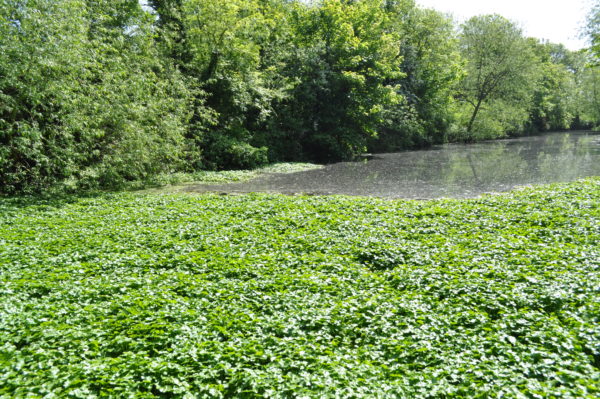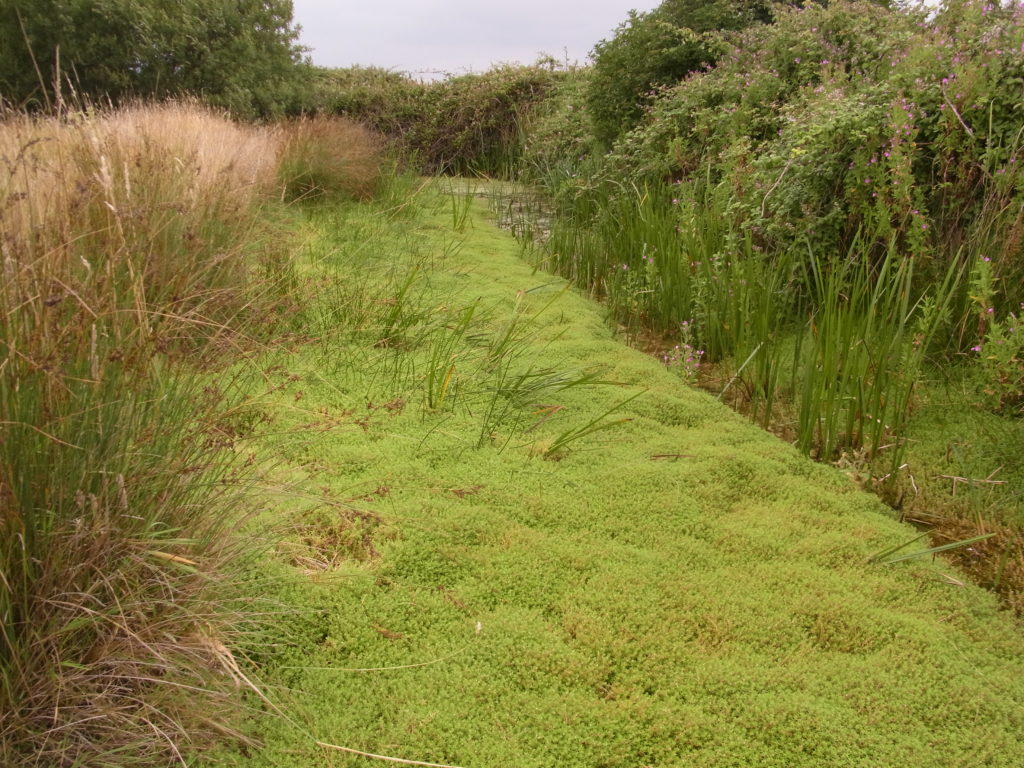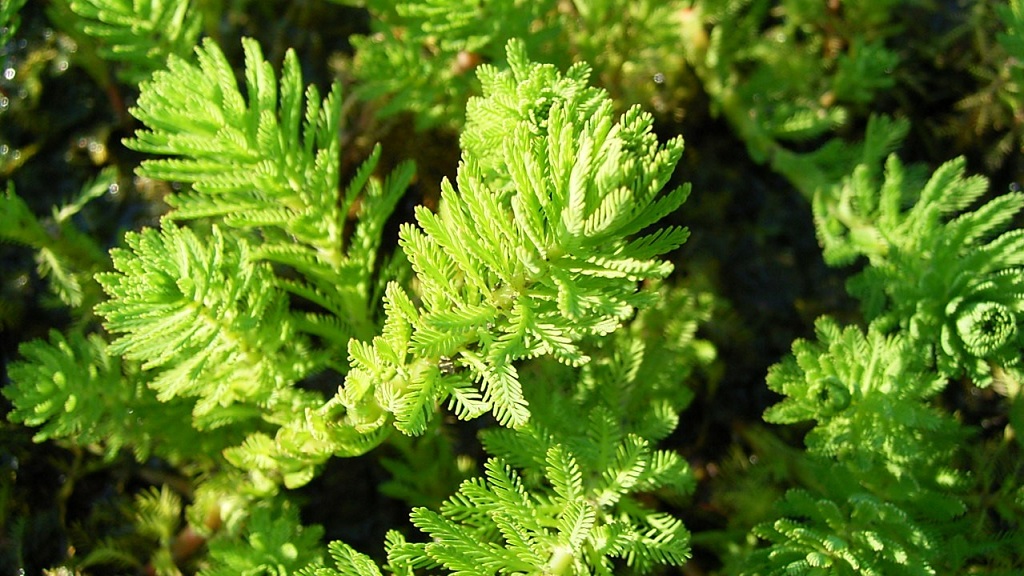Invasive aquatic weeds are causing serious problems across water bodies. With their ability to spread quickly, they outcompete native aquatic plants, deoxygenate water, increase flood risks by blocking drainage and affect irrigation systems.
Here are five of the top invasive aquatic weed contenders.
Floating pennywort

The invasive floating pennywort is a strong contender for the title of worst aquatic weed. It spread rapidly into our waterways after being discarded from domestic ponds. Regenerating from the tiniest fragments, floating pennywort can grow up to a whopping 20cm a day. It forms dense mats across whole waterbodies.
Floating pennywort is a freshwater invasive aquatic weed. It has rounded leaves that float on or grow above the water from a horizontal stem.
The plant is found in lakes, ponds, rivers, canals, wetlands and other still or slow-moving freshwater habitats. It’s a non-native invasive species that originates from the Americas.
Australian swamp stonecrop

The invasive Australian swamp stonecrop is another candidate for one of the worst aquatic weeds. It spreads rapidly to dominate still and slow-moving waterbodies. It can outcompete native aquatic plants by forming dense mats which makes managing the weed challenging, and often unsuccessful.
The plant is found in ponds, lakes, wetlands, marshes and other still or slow-moving freshwater habitats. It’s a non-native invasive species, initially introduced from Australia in the early 1900s as an ornamental pond plant. It was banned for sale as a pond plant in England and Wales in 2014. Planting or causing it to grow in the wild is an offence.
Himalayan balsam

Himalayan balsam is one of the most prolific invasive aquatic weeds in Europe. It has rapid growth and high seed production, with each plant producing up to 4,000 seeds. Himalayan balsam can outcompete native vegetation by forming dense monocultures. This has negative effects across the whole ecosystem.
Himalayan balsam is one of Europe’s tallest annual plant species, reaching up to 2.5m in height. It is most commonly recognized by its orchid-like pink-purple flowers and seed pods that explode open when ripe.
This invasive aquatic weed is found near watercourses, in damp woodlands and on sites disturbed by human activity across much of the UK and Europe. It is native to the Himalayan foothills of Pakistan and India. It was introduced into the UK in 1839 by Victorian plant hunters. Since then, it has spread out of gardens and into the wider ecosystem.
Parrot’s feather

Myriophyllum aquaticum, commonly known as parrot’s feather, thrives in habitats prone to disturbances like fluctuations in water level. This makes it extremely difficult to control. Mechanical methods that fragment the plant (e.g. mowing or chaining) help its growth and spread.
This very popular pond plant is a particular problem of small water bodies. It primarily obstructs the flow. Other environmental problems include water deoxygenation.
It can have roots underwater in depths of up to 1.5 metres with shoots that appear 20-50cm above the water surface.
Water fern

Azolla filiculoides, a type of floating water fern native to North America. It was introduced to Great Britain at the end of the 19th century for ornamental use in ponds and aquaria. However, its introduction into the wild has meant it has spread rapidly throughout England and Wales and to a lesser degree, Scotland.
Also known as the fairy fern, Azolla has a remarkable ability to multiply. The plant’s fronds (the leaflike part of the fern) grow rapidly and elongate until fragments break off to form new plants.
This invasive aquatic weed outcompetes native species by forming dense mats. These can be up to 30cm thick which cover the water’s surface. The mats block out light and can also deoxygenate water. They can also block canals, drains and overflows and may lead to an increased risk of flooding. It can affect irrigation systems – both by blocking their water supply and by reducing water quality. Azolla was one of five aquatic weeds banned from sale in the UK in 2014.
Find out more about how CABI’s work on each of these invasive aquatic weeds through their project pages:
